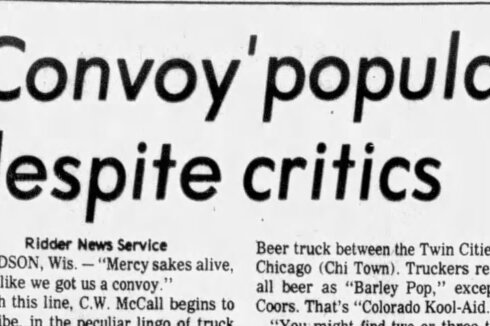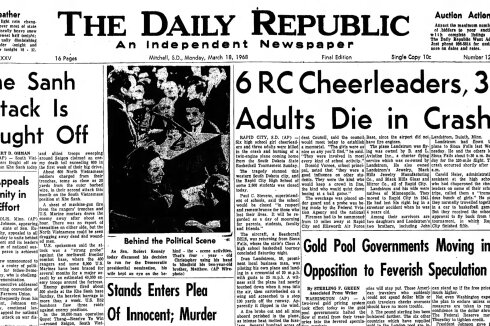ST. PAUL — Indigenous relatives now have somewhere reliable to turn when their loved ones go missing.
The Indigenous population for decades struggled to gain the attention of lawmakers despite being disproportionately impacted by missing persons and homicide cases.
ADVERTISEMENT
The tide began to turn in 2019.
The Minnesota Missing and Murdered Indigenous Women Task Force, in coordination with Wilder Research, presented the state Legislature in 2019 with a comprehensive report detailing the threats Indigenous females face — and mandates that could reduce the pain victims and families endure.
Despite making up roughly 1% of the population, murdered Indigenous women accounted for roughly 8% of all cases throughout the state from 2010 to 2018, for example.
From 2012 to 2020, the state consistently saw at least 27 — and as many as 52 — Indigenous women go missing every month, according to Missing and Murdered Indigenous Relatives.
Nationwide, 5,712 missing persons reports for Indigenous women and girls were filed in 2016 alone, according to the National League of Cities.
These statistics and more were included in the report presented to the Minnesota lawmakers, which led to a larger conversation regarding how the state legislature could support the task force.
After roughly two years of fierce organizing and advocacy, the state’s MMIR office was created when Gov. Tim Walz signed legislation in 2021, establishing the organization.
ADVERTISEMENT
Since then, the organization has honed in on key elements necessary to combat the complex issues facing Minnesota’s Indigenous population.
At the heart of the initiative is the goal to empower Indigenous relatives to advocate for their loved ones, starting with the critical step of promptly filing a missing persons report.
From there, MMIR provides families with the tools and support to find their loved ones, including initiating searches, posting fliers, raising awareness and working with law enforcement agencies.
“The foundation of every initiative from the MMIR Office is built upon the value of community engagement and we prioritize showing up in community,” MMIR Interim Director Ana Negrete told Forum News Service in a statement.
Bridging trust, empowering relatives
The first hours, days and weeks of a missing person case are critical.
Distrust of law enforcement has created a dangerous gap in the efforts to find the missing — starting from the very beginning through the act of filing a missing persons report.
“One of the reasons the MMIR Office was created is to change that dynamic,” Negrete said. “For far too long, Indigenous people have been dismissed when filing missing persons reports, told to give it time, or that their relative is probably sleeping it off. This compounds the distrust.”
ADVERTISEMENT
Minnesota state law requires law enforcement agencies to promptly accept a missing persons report. Refusal to do so is unlawful, yet is also experienced.
“We have seen that the mistrust between government, law enforcement and Indigenous communities can sometimes result in delays in reporting and conducting the investigation of missing Indigenous relatives,” Negrete said.
Aside from not contacting law enforcement due to mistrust, there is a long-held belief that a person must be missing for 24 hours before filing a report. In reality, the first 24 hours are the most critical — and bridging that belief with information is just one of the goals of MMIR.
“You can cancel a police report if your loved one returns, but you can’t get the time back, and time is critical,” Negrete said. “Calling MMIR can be your next step. When families are facing the death of a loved one through homicide or death investigations, we are here to support them from beginning to end.”
MMIR also walks relatives through the necessary information they’ll need to file such reports: name, date of birth, height, weight, last known location, last known attire, and any identifiable scars or tattoos.
As any family member with a missing loved one, MMIR encourages relatives to obtain case file numbers, investigator names and contact information.
MMIR resources also encourage relatives to appoint a family advocate — or ask for MMIR for help in directly communicating with law enforcement to obtain updates and keep pressure on the case.
ADVERTISEMENT
Outside of law enforcement, MMIR is the organization relatives can turn to for guidance in creating folders, organizing searches and communicating with media — all with the goal of swiftly moving into action after their loved one goes missing.
While MMIR is on hand to immediately jump into action to help those who are in the initial stages of losing a loved one, it also exists to educate the public with the information necessary to jump into action on their own.
The organization regularly hosts community awareness events and training programs throughout the state.
Visit the MMIR website to learn more about the organization and its resources . A national database of missing and murdered cases also is maintained by the U.S. Bureau of Indian Affairs.









